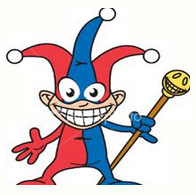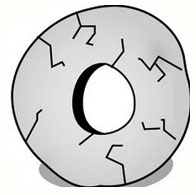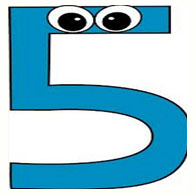- Exam: KET
- Course: ACCENTS
INSTRUCTIONS FOR THE EXERCISE BELOW
Read the theory.
Decide what the image given sounds like.
Choose a word or its corresponding letter from the list given.
Drag and drop or type your choice into the answer box at the bottom of the image chosen, in Capitals or lower case.
Once all the images have been chosen, click on CHECK to identify mistakes.
If the word chosen is correct, it will show in green.
If the word chosen is not correct, it will show in red, and when that happens, try another word and press the CHECK button again until all the answers show in green.
THE NEUTRAL ACCENT - CONTRACTIONS
Theory
When speaking English it is very common to combine two words.
In fact, it is the most natural way to speak English.
This combination is called a contraction.
For example:
I WILL becomes I'LL and DO NOT becomes DON'T.
This causes some problems for people learning English.
They don't know what some of them mean, they don't know when to use them and when not to, and they don't know how to pronounce them.
The contraction 'LL means WILL.
For example:
I'LL means I WILL.
The contraction 'NT means NOT.
For example:
DON'T means DO NOT.
The contraction 'D can mean WOULD or HAD.
For example:
I'D GO means I WOULD GO.
I'D EATEN means I HAD EATEN.
The difference is decided by the word after the contraction.
If the PARTICIPLE (3rd column) follows the contraction, the 'D means HAD.
If the INFINITIVE follows the contraction, the 'D means WOULD.
'VE means HAVE.
For example:
I'VE means I HAVE.
'S means IS or HAS.
For example:
HE'S means HE IS happy.
HE'S GONE means HE HAS GONE.
If the contraction is followed by the past participle (3rd colm) then 'S means HAS.
If not, it means IS.
'RE means ARE
For example:
YOU'RE means YOU ARE.
Contractions are used when you speak or write in a natural relaxed manner to someone you are comfortable with.
This means INFORMAL communication.
If you need to project an image of respect or professionalism, which means you are not communicating with a friend, avoid contractions.
The simplest way to understand how to pronounce contractions is to remember that in most cases, the original word's pronunciation doesn't change after forming a contraction.
For example:
YOU WILL becomes YOU'LL.
The YOU sound still remains.
so YOU'LL is pronounced YOU + the sound of LL .
WE'VE is pronounced WE + the sound of VE.
There are however some cases when there is a change.
For example:
WILL NOT becomes WON'T.
And very importantly, CANNOT becomes CAN'T, which many people think sounds like CAN, but actually sounds like CAR.
This change in the A sound avoids confusion, but a mispronunciation causes confusion.
This will be practised below.
A FULL SET OF CONTRACTIONS WITH MEANINGS can be seen by clicking the RELATED DOCUMENTS button below
FILE
 (1)
(1)
SOUNDS LIKE
PLANT
 (3)
(3)
SOUNDS LIKE
BEES
 (5)
(5)
SOUNDS LIKE
HATS
 (7)
(7)
SOUNDS LIKE
FOOL
 (9)
(9)
SOUNDS LIKE
TIME
 (11)
(11)
SOUNDS LIKE
HIDE
 (13)
(13)
SOUNDS LIKE
FOOD
 (2)
(2)
SOUNDS LIKE
HEEL
 (4)
(4)
SOUNDS LIKE
NETS
 (6)
(6)
SOUNDS LIKE
WEED
 (8)
(8)
SOUNDS LIKE
WHEEL
 (10)
(10)
SOUNDS LIKE
FIVE
 (12)
(12)
SOUNDS LIKE
Possible answers:
- A) I'll
- B) I'm
- C) I've
- D) I'd
- E) he'll
- F) we'll
- G) we'd
- H) aren't
- I) can't
- J) shan't
- K) he's
- L) that's
- M) she's
- N) let's
- O) you'll
- P) you'd
- Q) who'd
- R) who'll
